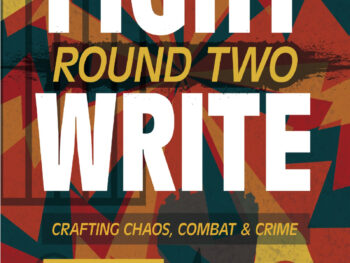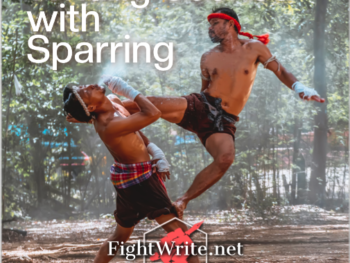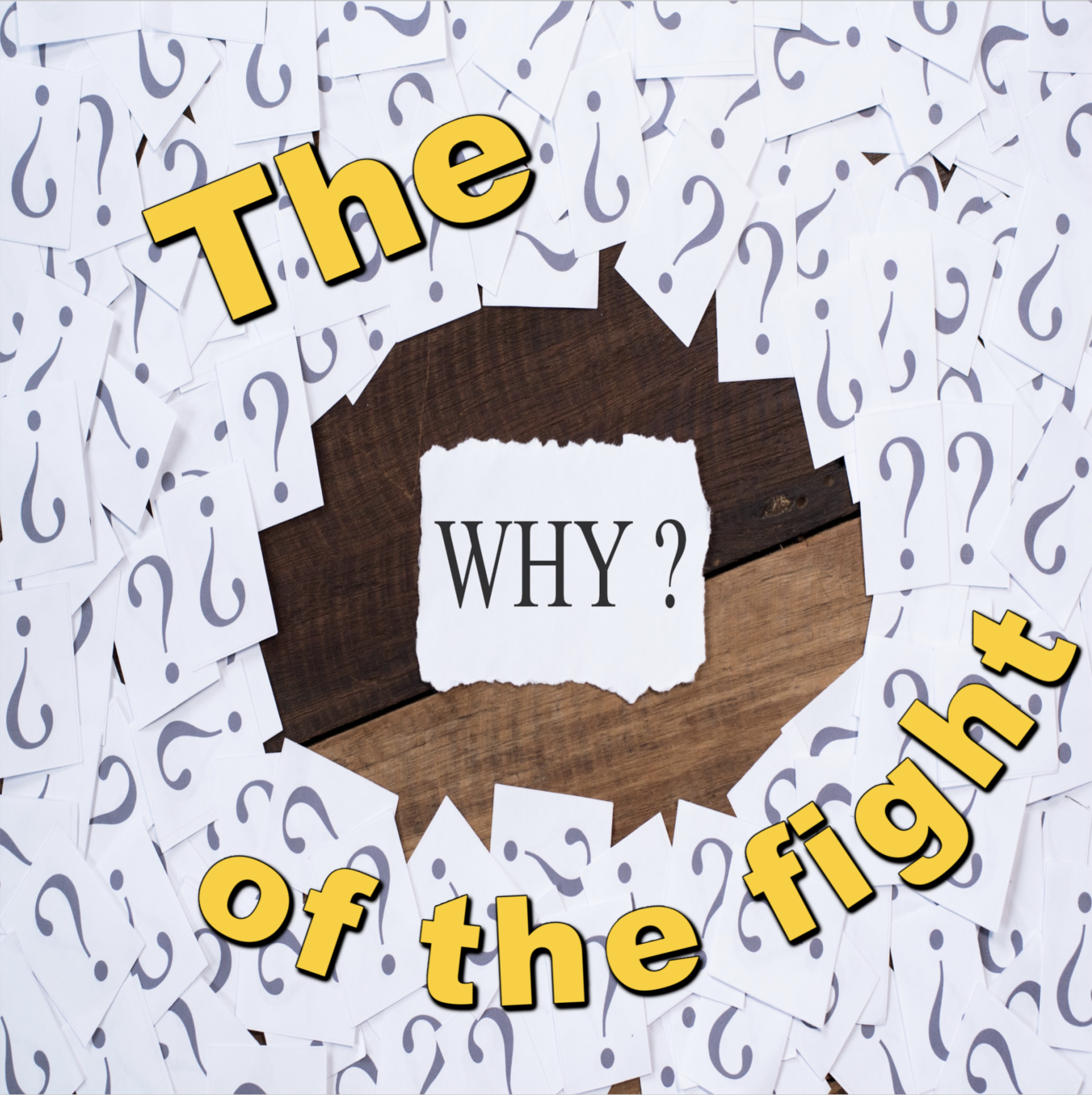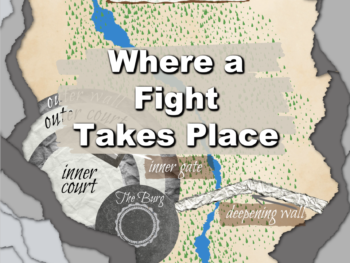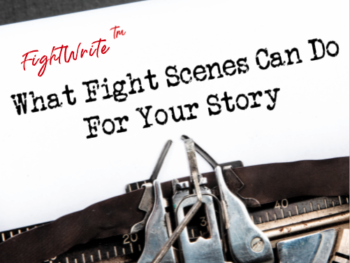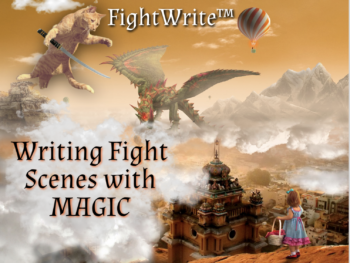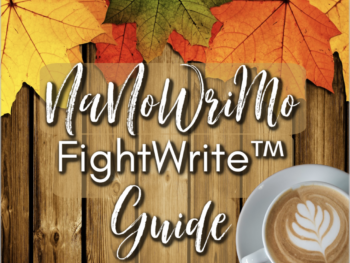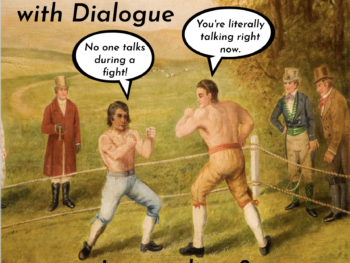Today we are going to look at how much to write in a fight scene and the good news is, not nearly as much as you think.
Quite often writers tell me that they struggle to write the action of their fight scene. They wonder how much to write in a fight scene, when to put in breaks and how to 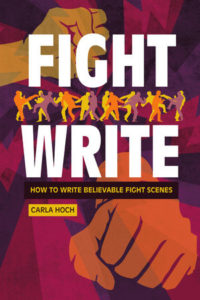 describe/block the movements when they aren’t really familiar with the fighting style. So, FightWrite is going to go over those three things in a three part series. I am nothing if not accommodating.
describe/block the movements when they aren’t really familiar with the fighting style. So, FightWrite is going to go over those three things in a three part series. I am nothing if not accommodating.
in my training, I often hear folks recap fights that they have seen. And, even when it is a fighting style which they and the listeners know well, they don’t describe every single action. They only highlight the pivotal moments. Sports reporters do the same. Here is an example of what I mean. First, let me tell you a bit about the fight, then we will look at how a sports reporter recapped a bit of it.
The “Thrilla in Manilla” is regarded as one of the greatest boxing matches of all time. If you are a fan of boxing and haven’t seen it, I have attached a YouTube video at the bottom. It was the third and final bout between Mohammed Ali and Joe Frazier for the heavyweight title and it was a slug fest. In truth, it went on too long. Frazier’s coach stopped the fight before the final 15th round. FIFTEENTH, y’all! Modern matches are twelve. In all, about 1600 punches were thrown with about 50% landing**.
This is a recap of the final pivotal rounds as written by BoxRec.com**
Finally, in the tenth round, Frazier began to slow down and tire, and Ali slowly turned the tide. In the 11th round, he used his speed to dance more and to unload a series of fast combinations on Frazier, which severely disfigured his face by the end of the round, swelling Frazier’s eyes to the point that nothing but a tiny slit remained open. Throughout the 12th round, Ali continued to turn the momentum, increasingly overwhelming Frazier and using the fact that Frazier could no longer see his right hand coming to hit Frazier with one hard right after another. About a minute into the 13th round, Ali landed another blistering combination on Frazier, sending the injured fighter’s mouthpiece flying into the crowd.
This recap is on a site with an audience who quite likely knows boxing. It stands to reason that all manner of technical lingo could be used and the readers would likely be able to follow any movement detailed. But, the writer of the article didn’t write each movement. They didn’t detail any the combos mentioned. Instead, the writer gave us an overview with the most important details. We know Ali’s tactics, the effect they had on Frazier and one dramatic moment when Frazier’s mouthpiece flew out.
You do not need to write every single detail of the action: every step, every stab, every strike. It’s not necessary and really, it’s probably not what most readers want. Yes, you may have a few readers who want more detail and that’s great! They are so invested in your work that they want more details and, yes, you may have a scant few who put down your book because you didn’t specify what punches went into a combo. But you are far more likely, in my opinion, to lose readers by making a fight scene go on too long. Your fight scenes are NOT your story. They support it.
Some of my favorite fight scenes are from the book Fight Club. Go figure. Chuck Palahniuk is one of my favorite writers and I highly suggest his book on writing: Consider This: Moments in My Writing Life After Which Everything Was Different. If I could go to sleep and wake up writing like anyone, it would be him.
Here is a bit of one fight scene from a night at the underground fight club:
The first fight I get, the guy gets me in a full nelson and rams my face, rams my cheek, rams the hole in my cheek into the concrete floor until my teeth snap off and plant their jagged roots into my tongue.***
My second fight, the guy puts a knee between my should blades, The pulls both my arms together behind my back, and slams my chest into the concrete floor. My collar bone on one side, I hear it snap.***
A lot took place in those two fights. But Palahniuk doesn’t recount every single moment, every movement. He tells us just enough to convey the violence and make us wince. You would think that a book entitled Fight Club would give oodles of details about the fights. But, again, the fights are not the story. The fights are there FOR the story.
So, how much of the fight do you need to put in your fight scene? Just enough which is a lot less than you think. Highlight the major movements and connect with your reader with sensory elements that they can relate to. There are very few people who can relate to bare knuckle brawls like those in Fight Club. But, when Palahniuk writes that the narrator’s teeth snap off and plant their jagged roots into his tongue we all grimace because everyone can relate to pain.
In our upcoming posts, we will look at which movements to pick and how to focus on the sensory experience of the fight.
Ok, FightWriters, that’s it for this round of FightWrite™. Be sure to subscribe to get a free info sheet with details you might find useful in your work. You will also have access to subscribers only info. And, check out my YouTube channel too!
Until the next round at FightWrite™, get blood on your pages.
**https://boxrec.com/media/index.php/Muhammad_Ali_vs._Joe_Frazier_(3rd_meeting)
*** Palahniuk, Chuck. Fight Club. , 1996. Print.




